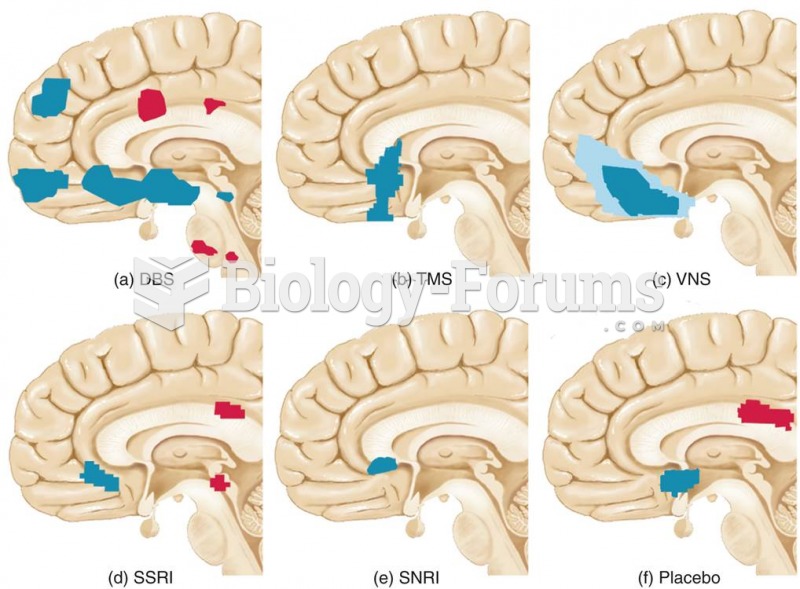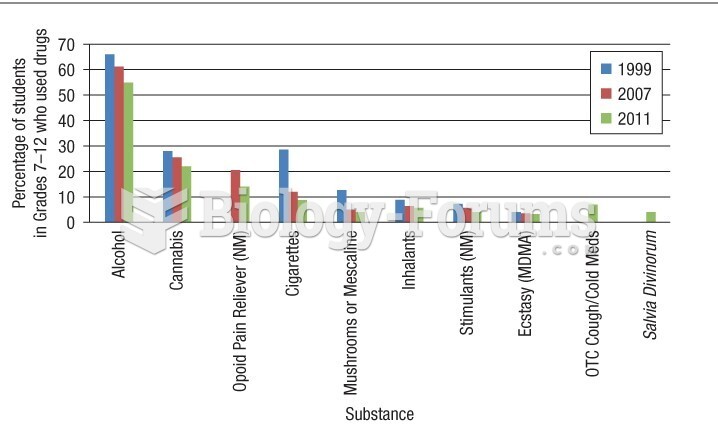This topic contains a solution. Click here to go to the answer
|
|
|
Did you know?
In the United States, congenital cytomegalovirus causes one child to become disabled almost every hour. CMV is the leading preventable viral cause of development disability in newborns. These disabilities include hearing or vision loss, and cerebral palsy.
Did you know?
Aspirin may benefit 11 different cancers, including those of the colon, pancreas, lungs, prostate, breasts, and leukemia.
Did you know?
In 1864, the first barbiturate (barbituric acid) was synthesized.
Did you know?
It is difficult to obtain enough calcium without consuming milk or other dairy foods.
Did you know?
Increased intake of vitamin D has been shown to reduce fractures up to 25% in older people.







